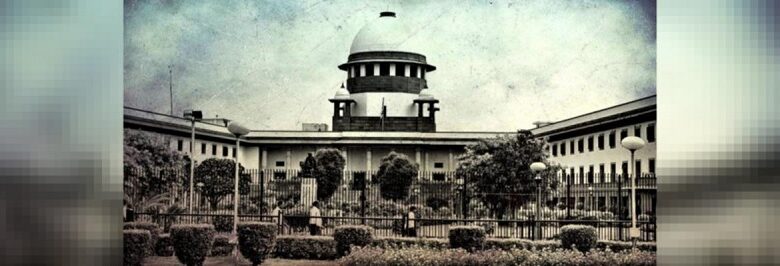History Of The Supreme Court And “Sealed Cover” Papers

The government’s sealed cover recommendations on the proposed committee to examine stock market regulatory mechanisms in the context of the Adani-Hindenburg dispute were rejected on February 17 by the panel of Chief Justice of India (CJI) D Y Chandrachud.
The CJI noted that he preferred a transparent process and that the petitioners be informed of the extent of the committee’s review of regulatory laws. The group will now be chosen by the court, along with the parameters of its investigation.
But this is not the first time the CJI has declined to review papers with a sealed cover.
In November 2022, a bench chaired by CJI Chandrachud made the observation that when documents are presented to the court under a sealed cover, it denies the other party a chance to present a defense. The bench was hearing the challenge to the ban of MediaOne, a Kerala-based TV channel.
What does sealed cover law entail?
No one is permitted to receive copies of or extracts from letters, documents, or other papers that the Chief Justice or the judges of the court order to be kept in a sealed cover or that they deem to be of a confidential nature in the interest of the public, per the Supreme Court Rules of 2013.
What is the criticism for?
Because the opposing party is not given the chance to refute the allegations made against them in the papers in a sealed cover, sealed cover documents produced in court are criticized. Lawyers also criticize it for lacking transparency and going against natural justice principles, which call for each party to state their case and refute any documents used against them.
A CJI DY Chandrachud-led panel criticized the sealed cover jurisprudence in Cdr. Amit Sharma’s case in October 2022 for the following reasons:
- Since the matter is decided based on papers that are not shared with them, it violates the affected party’s right to challenge an order.
- The judges reach a conclusion based on the information contained in the sealed cover, and because the reasons are frequently withheld, the conclusion is effectively rendered irrefutable.
- It gives the judge complete authority and tips the scales of justice in favor of a dominant party that has access to information, which is almost always the government.
The ruling made it plain that not all information must be made public, though. It was stated that confidential information affecting people’s privacy, like the name of a victim of sexual harassment, cannot be revealed. Additionally, it was made plain that sealed covers should only be used in extreme cases and only when there is a good reason to do so.
Cases where the Supreme Court had to deal with opaque covers
- The Delhi High Court was criticized by the Supreme Court in 2019 for relying on evidence provided by the Enforcement Directorate (ED) in a sealed cover during the former finance minister P Chidambaram’s bail trial in the INX Media case.
- The judge in the Rafale aircraft case accepted the government’s argument that the case involved particular government secrets and ordered the documents to be provided under seal.
- The court ordered the government to submit the Central Vigilance Commission’s conclusions in a sealed cover when it came to the corruption case involving former CBI director Alok Varma.
- In the 2G spectrum case, the court relied on sealed cover papers.
News Mania Desk






